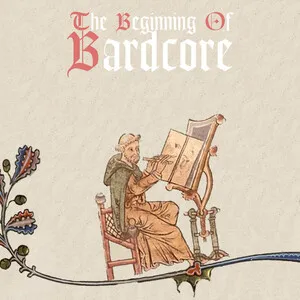Bardcore is an internet-born microgenre in which contemporary pop, hip hop, and rock songs are reimagined as if performed by medieval or early Renaissance minstrels.
Arrangements typically substitute modern instrumentation with lutes, harps, recorders, hurdy-gurdies, rebecs, shawms, hand drums, and choir-like vocals, while adapting melodies and harmonies to modal idioms (Dorian, Aeolian, Mixolydian). Lyrics are often translated into faux Middle English or archaic diction, and mixes are treated with intimate, stone-room reverbs to evoke a historical ambience. The result is a playful blend of historical pastiche and modern earworms that embraces both meme culture and early-music aesthetics.
Bardcore emerged during the early months of 2020 on YouTube and social platforms, as creators began releasing "medieval style" covers of contemporary hits. The COVID-19 lockdowns coincided with a surge in DIY music production and meme culture, giving the style immediate visibility. Viral uploads established the sonic template: modal reharmonization, period-evocative instruments, parchment-styled artwork, and archaising lyrics.
Within weeks, bardcore became a recognizable tag. Channels specializing in medieval pastiche refined production approaches—balancing historical color with the familiarity of pop hooks—and standardized visual motifs (illuminated manuscripts, woodcuts, and tapestry aesthetics). Cross-posting on TikTok and meme pages helped individual tracks reach large audiences.
Following the viral phase, creators expanded from straightforward covers to mashups, parody ballads, and original compositions in a bardic vein. Some artists incorporated more accurate early-music practices (drone-based textures, contrapuntal lines, and historical tunings), while others leaned into humorous anachronism. The scene remains decentralized and internet-native, but its vocabulary—modal pop harmony, lute/recorder timbres, and faux-medieval diction—has stabilized enough to be recognized as a distinct microgenre.
Bardcore sits at the intersection of early music revivalism, fantasy soundworlds, and online meme culture. It is not strictly historically authentic; rather, it is a stylized homage that borrows surface features from medieval and Renaissance music to recast modern repertoire with a playful, nostalgic aura.
-
• Choose mode and key; 2) Extract the vocal melody; 3) Build a drone and lute chordal reduction; 4) Add recorder countermelody; 5) Program hand drum; 6) Translate/adapt lyrics; 7) Mix with modest, period-evoking reverb.

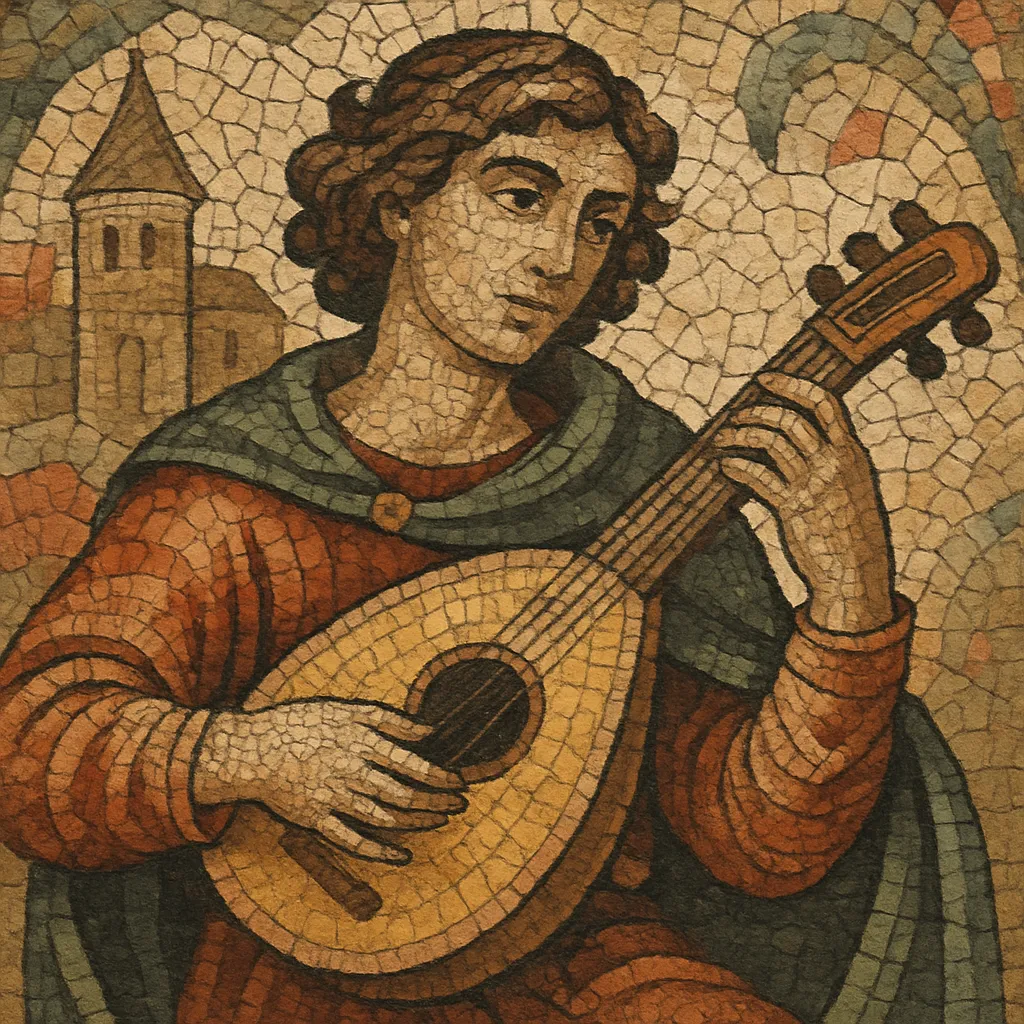
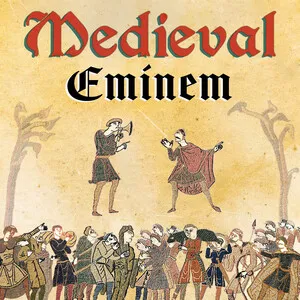
%2C%20Cover%20art.webp)
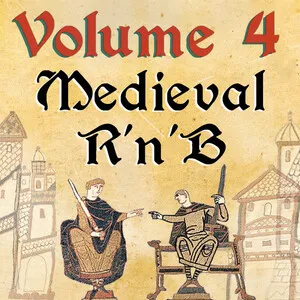
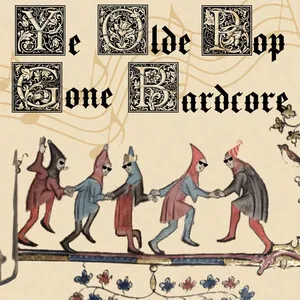
%2C%20Cover%20art.webp)
